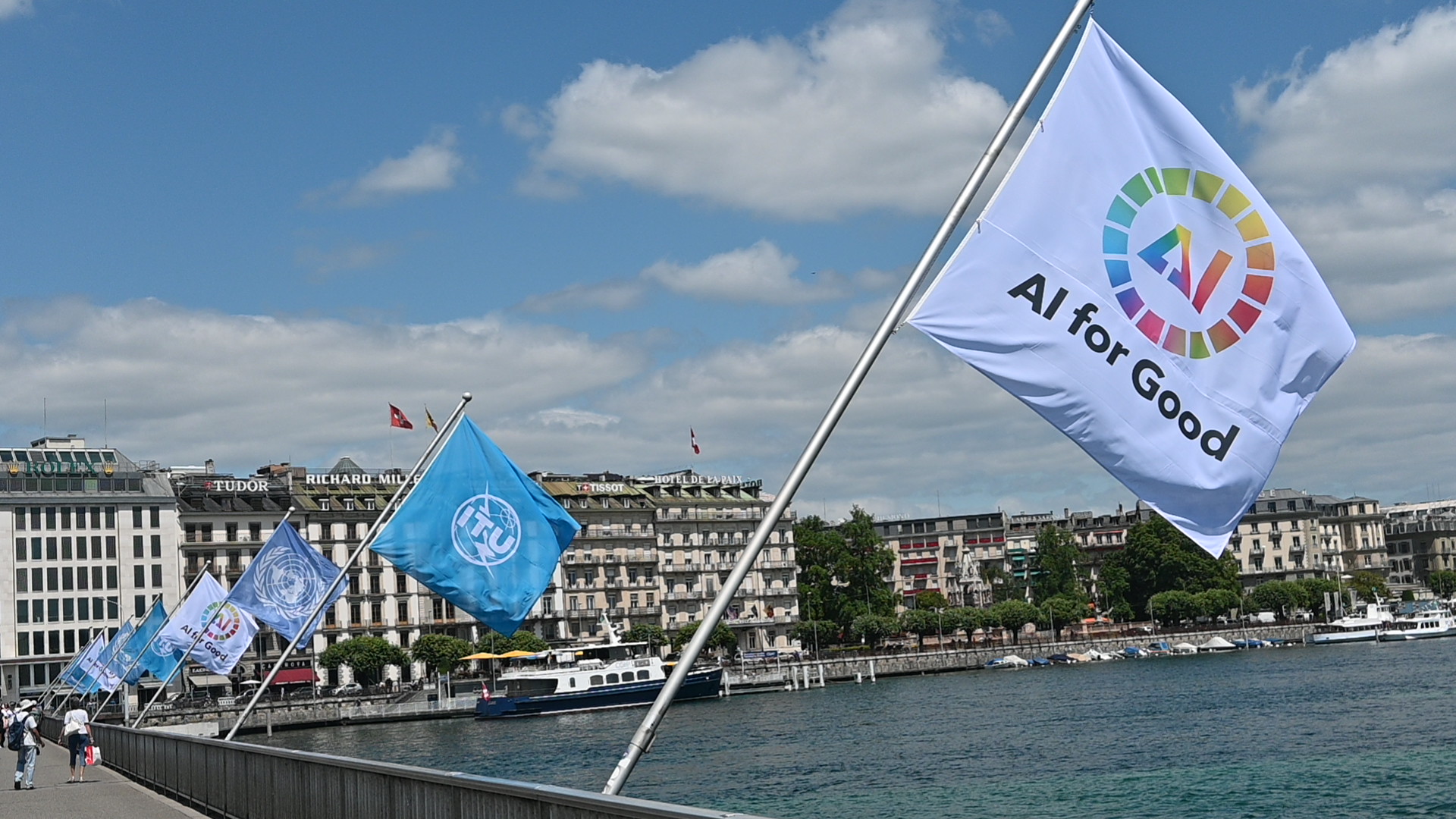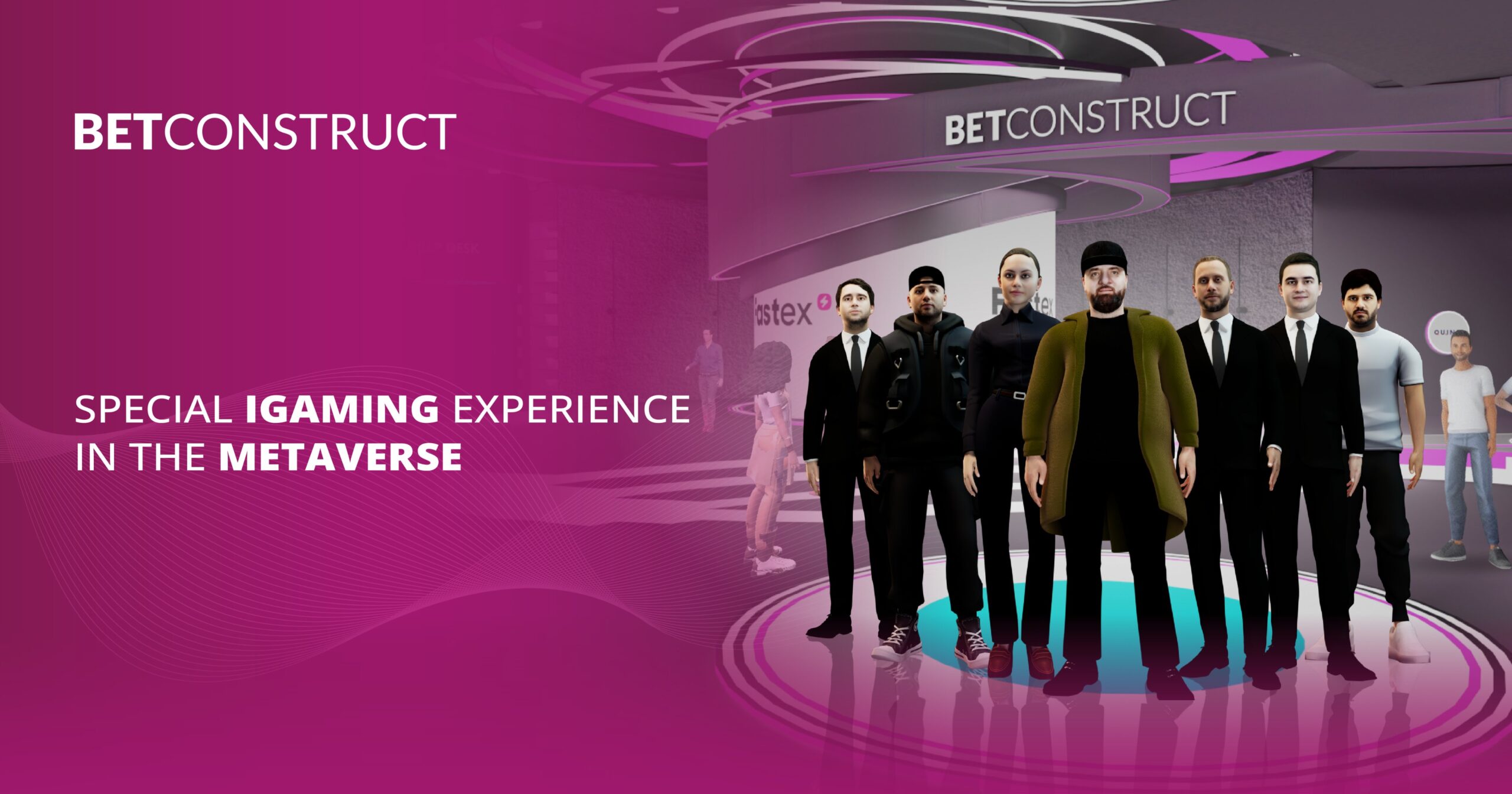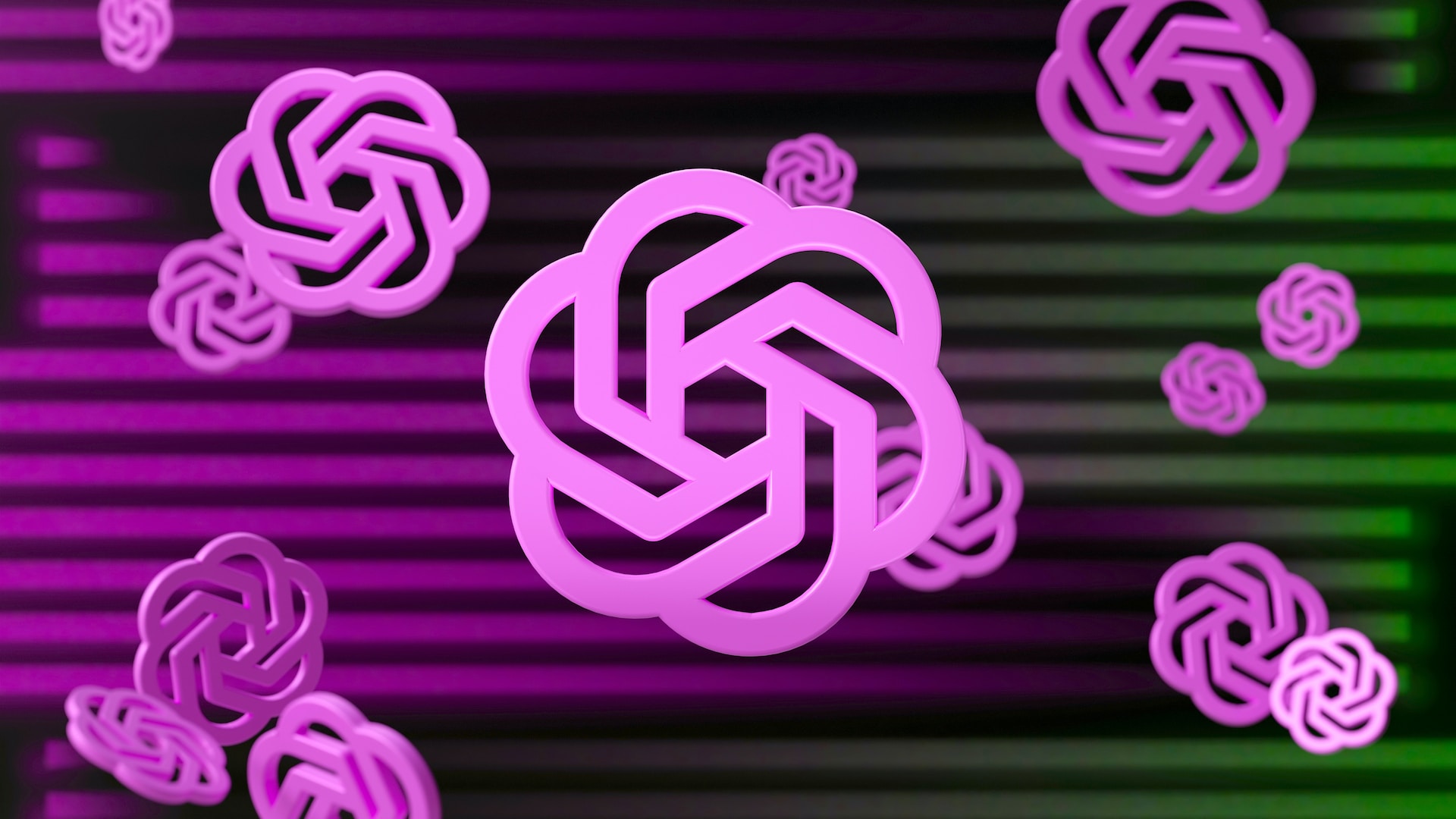
Can you recall the Great Cascadia earthquake and tsunami that supposedly struck the Pacific Northwest in 2001? Well, it never happened. However, images of this event are currently circulating online. These photos are a prime example of how AI-generated images, such as those produced by Midjourney, can effortlessly alter history.
A few days ago, individuals experimenting with AI art posted lifelike images of the fabricated disaster on the Midjourney Reddit forum. The post gained immense popularity, reaching the coveted “front page” of Reddit. Some viewers, oblivious to the images’ artificial origin, believed they depicted an actual event.
According to Reddit, the fabricated Great Cascadia earthquake was purportedly registered as a 9.1, and the accompanying images of destruction appear severe. The Reddit post, showcasing twenty pictures that convincingly mimic an actual historical catastrophe, has nothing to do with reality. It’s all a hoax.
Captions accompany the fake photos, including one that describes a “trapped survivor” being rescued by Vancouver rescue workers after a bookstore’s collapse. These details enhance the images’ credibility, despite being entirely fictional. Some pictures, reminiscent of the aftermath of the 9/11 attacks, are particularly chilling. The creators of the AI-generated images undoubtedly drew inspiration from that tragic day.
Identifying AI-Generated Images
Numerous online Sherlocks have discovered a helpful trick for identifying AI-generated images: examine the hands and teeth. For some inexplicable reason, AI still struggles with accurately rendering human hands.
One of the images posted on Reddit displays a person with their back to the camera, clutching a Canadian flag in a contorted manner that would baffle even an acrobat. As a viewer notes, AI detection software, such as Hugging Face, fails to flag these images for inexplicable reasons.
After testing the Canadian flag image on Hugging Face’s AI Detector software, it only had a 54% probability of being fake. Meanwhile, the second picture in the post received an 86% likelihood of being genuine, even though it’s undoubtedly not.
Generating fake news is one thing, but conceiving simulated historical events that humans may recall is a new and concerning development for those who spend much time online. As this technology spreads, distinguishing between real and artificial images will become increasingly challenging.
Featured image from Forbes.com



